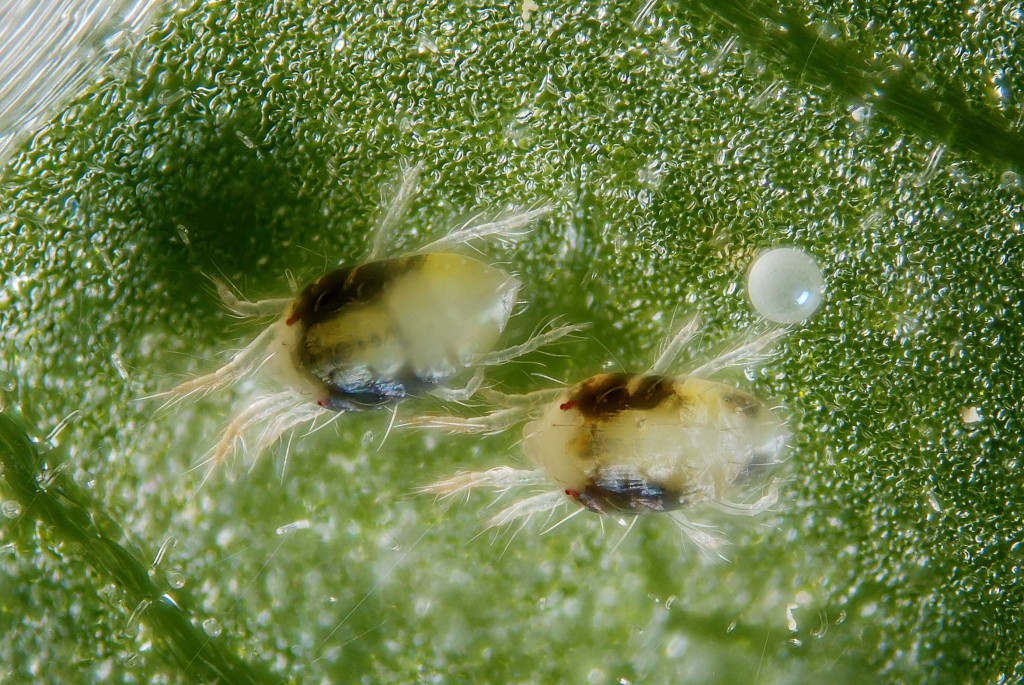
Alabama Extension reminds growers that they need to be mindful of spider mites in high tunnels that naturally exclude rain. A high tunnel environment provides perfect conditions since spider mites like it hot and dry.
Producers need to scout and respond in a timely manner. Infestations must be detected early and managed immediately to prevent any outbreaks. In order to detect spider mites, you must be able to identify them.
Spider mites are about 0.4 mm or smaller. In order to identify them, growers need a magnifying lens, camera and glass vials with denatured alcohol for sampling. They may be observed on the underside of the leaves with hundreds of eggs attached to silken webbing.
A quick and efficient way to scout is to tap the leaves on a white piece of paper and count the moving mites.
In large high tunnels, shut down crop production in phases when the threat is high.
Do not use synthetic pyrethroids as they could kill off predatory mites that could lead to a bad spider mite outbreak. Products belong to IRAC Chemical Groups 20B (acequinocyl or Kanemite), 10 (etoxazole or Zeal)), 20D (fenpyroximate or Portal, bifenazate or Acramite), 25 (cyflumetofen or Nealta) have excellent to good effectiveness with selectivity to spider mites.
Growers should download and use the 2021 Southeastern U.S. Vegetable Crop Production Handbook.









